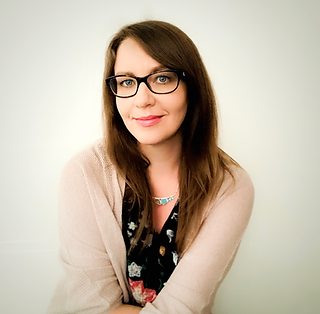
Lucidity Institute
Lucidity Institute DreamLight The Lucidity Institute, founded by Stephen LaBerge, Ph.D., created the DreamLight in order for us to increase our ability to dream while asleep yet have complete awareness. Being aware that you are dreaming often occurs in the middle of a dream. We’ve all experienced this at least once, but with the DreamLink. The Lucidity Institute, Inc. Is a California Domestic Corporation filed on January 1, 1987. The company's filing status is listed as Suspended and its File Number is C1576046. The Registered Agent on file for this company is Stephen Laberge and is located at 880 Chimaus Drive, Palo Alto, CA 94306.
Alexander Batthyany, one of the primary researchers of TL, reports that to date, they have found that these episodes can last anywhere from a few minutes to several days. Even if the episode lasts a few seconds or minutes, the dying will still say something relevant and meaningful. 1There are so many questions that are yet to be answered about TL. Why do some people have these experiences, and others do not?
How is it possible that people with different disease processes, such as, severe mental illness, or other neurodegenerative disorders, all can experience the same phenomenon? At the current time, there does not appear to be any logical scientific answer. As a result of its closeness to death, many see TL as a experience and group it with other end-of-life phenomena, such as deathbed visions and near-death experiences.As one might expect, researching TL is a difficult process given the many technical and ethical challenges it presents. However, according to Dr.
Alexander Batthyany in a personal communication, exploration continues. Salty dog hilton head. Most recently, the focus has been on TL’s role in and dementia. Motor city online 2. The National Institute on Aging is involved in the funding of the project.
The hope is that there might be some underlying mechanism that could be found to give us a better understanding of dementia and whether or not it might even be reversible. It has always been assumed that dementias are not reversible. From the available data, it certainly appears as though it is possible for some with the severe neurodegenerative disease to have a reversal in functioning and once again become lucid and communicative, even if only for a brief period of time. At the present time, much of the thinking about TL and dementia is speculative. What is clear is the impact this experience has on the family members. Batthyany has shared some of his initial findings with me on the families, their experiences, and comments. He has identified five recurring themes or topics that the dying talk about with family members during those precious last moments of lucidity. These are reminiscing, preparations, last wishes, body concerns, such as hunger or thirst, as well as an awareness of their impending death.
Batthyany states that in the majority of cases, to date, more than one topic is usually discussed by the dying. Examples of some conversations follow:“My grandfather was in palliative care for dementia. He had severe cognitive decline over the months preceding his death.

There was no recognition of family or friends, confusion, social withdrawal, refusal of food and drink, mumbling incoherent speech, and a lack of ability to toilet or shower himself. He awoke and began talking in a clear voice with obvious recognition of family and surroundings. He was able to inquire about family and friends that he had not been able to recognize previously. He asked that the books he had borrowed months ago be returned to their owner. He said he wished his death would come quicker. After 20 minutes, he became tired, fell asleep, and died shortly afterward.”.